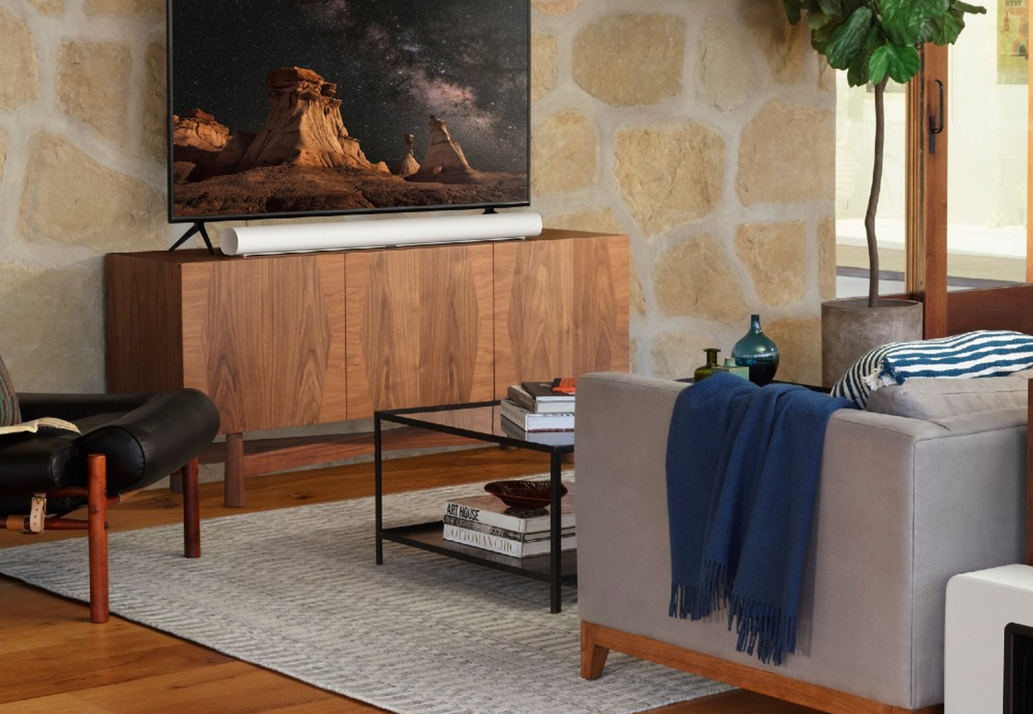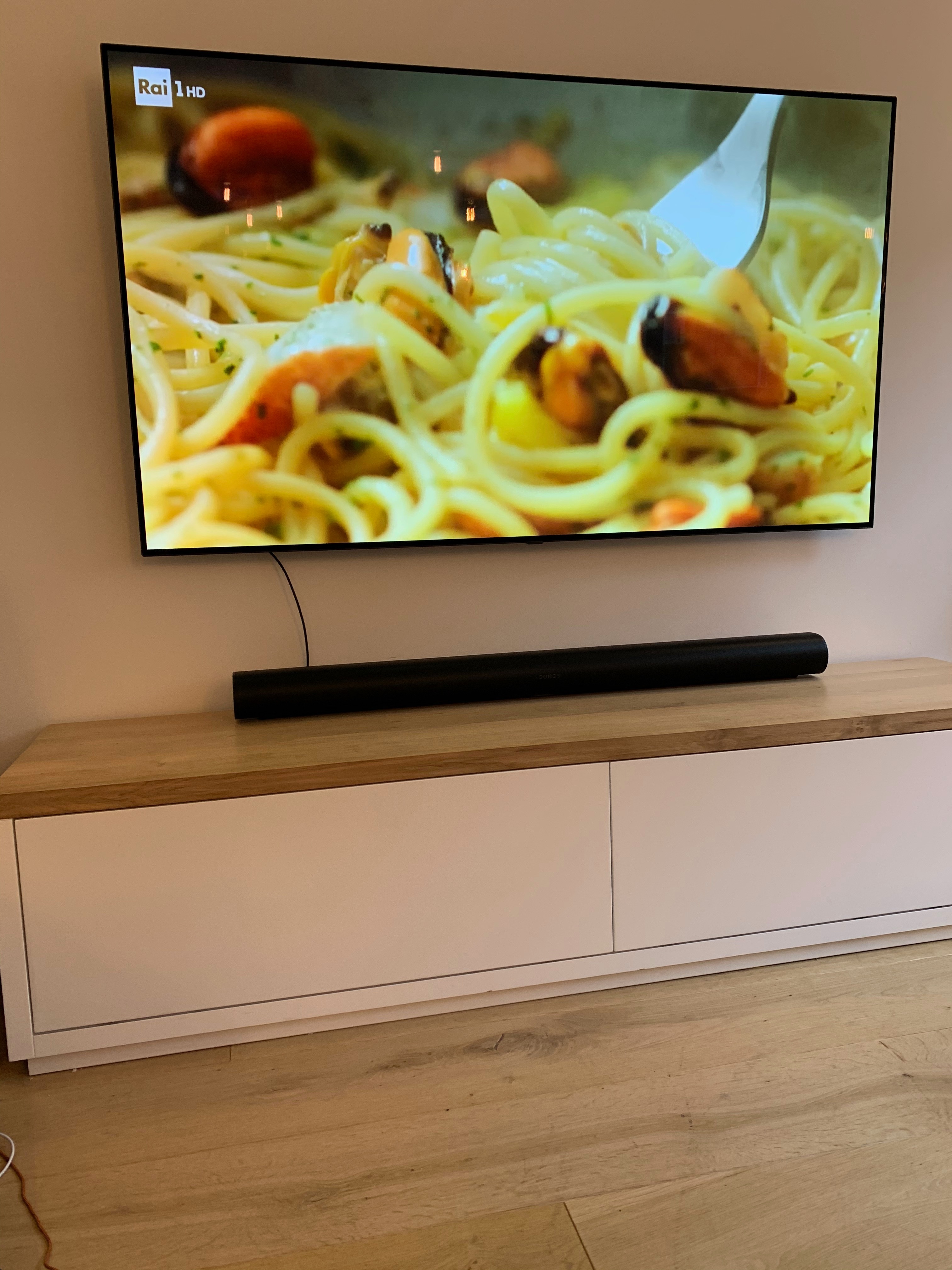
Update 11/28/24. The information in this post also applies to the Arc Ultra.
Updated 9/14/23 to include Era 300’s as surrounds (which have upward firing drivers) that replaced Sonos One’s. All other information and guides are not affected by the change in surrounds.
Quite often questions arise as to the proper placement of the Sonos Arc (and/or what type of room design).
All Dolby Atmos speakers (as does the Arc) rely upon an optimum ceiling height to allow the upward firing speakers to reflect and bounce sound to the listening area. In traditional Dolby Atmos setups where all speakers are separate even the rears have an upward firing driver.
Soundbars such as the Sonos Arc require (as much as possible) a symmetry of placement distance to the side walls as well. That allows for side firing speakers (that lend support to the upward firing speakers) to project rearward sound reflections to simulate surround when no actual rear speakers are used. Adding Sonos rears relieves the Arc of some of the surround sound reflection duties.
My Arc resides in a room 12.5ft (width) x 19.5ft (length) x 8ft (height). All wall surfaces are smooth with a minimalist textured ceiling. The complete setup consists of Arc / Sub x 2 / Sonos Era 300 x 2.
Questions have also risen about the distance of the Arc from the floor. Any front speaker used in a Home Theater environment should be at ear level to the listener when seated. My Arc is approximately 39 inches above floor and 3ft from front wall. Distance to seating/listener is 10ft.
It is expected that the room dimensions of width, length and height will vary by individual dwelling. The previous statement regarding the height of a front speaker above the floor should without a doubt negate the idea of mounting any soundbar (especially the Arc) above a TV (which ironically is a question often asked).
However, I’m just another community member...so what the heck do I know...right? Therefore, I offer the excerpts below taken from the Dolby Atmos Installation Guidelines at this link. Although the guide focuses on multi-speaker installation versus a soundbar the general parameters are in parallel.
Room treatment considerations for use of Dolby Atmos enabled speakers For optimal performance, the ceiling should be flat (not angled or vaulted), with a height between 7.5 and 14 feet (2.3 to 4.3 meters), and made of an acoustically reflective material (drywall, plaster, hardwood, or another rigid, non---sound-absorbing material).
The ideal ceiling height is between 7.5 and 12 feet (2.3 to 3.66 meters)
The speakers located in the front of the room shall be used as a reference point.
All listener speakers should be at the same height, typically 3.9 feet (1.2 meters), which is ear level for the average seated listener (as defined in ITU-R BS.1116-1).
If possible, the height of the rear speakers should be the same as the height of the front speakers. If the room design makes this impractical or impossible, the rear speakers may be positioned higher than the front speakers.
However, we suggest that the height of the rear speakers not be more than 1.25 times the height of the front speakers.


